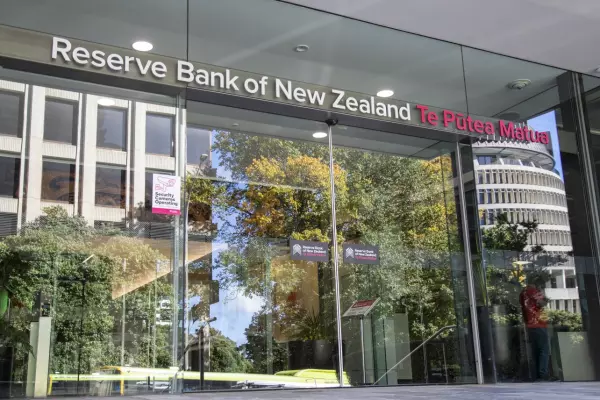A Trade Me Jobs data analysis shows a job market with record-high salaries in New Zealand, but the skills shortage is still “alive and well”.
Trade Me Jobs sales director Matt Tolich said he expected job listings to fall and salaries to stagnate due to the uncertainty of a looming recession, but that was not happening.
The site was seeing more candidates applying for roles, he said, but was hearing from employers that they were struggling to find candidates with the skills they require.
“To lure and secure skilled candidates, employers are having to increase salaries”, Tolich told BusinessDesk.
On average, Kiwis have nearly $3,000 more in their pockets than last year as the average salary sits at $68,316.
The highest average salary was for those living in the Wellington region ($71,825) followed by the West Coast ($69,700) and then Auckland ($69,546).
“While the West Coast is one of our smallest markets, in the first quarter we saw a number of highly-paid roles hit the market in the region, which saw it overtake Auckland by just $150.”
Tolich said the biggest surprise was seeing strong wage growth in the regions.
“We would’ve expected salaries to cool off given we are heading towards a recession, but that’s not the case.”
South island leads in salary increases
He said the South Island saw the largest average salary increases in the first quarter.
The average salary on the West Coast was up 11%, in Southland and Otago it increased by 8% per cent, and Nelson/Tasman was up 7%. All these regions saw new record average salaries.
“Not only are salaries across the motu [nation] continuing to break records, but we’re also seeing strong wage growth in the regions.”
Tolich said the data also showed an increase of both job listings nationwide and applications for vacancies.
“There’s finally some relief for the businesses who have been crying out for staff.”
IT has the highest average salary out of any sector ($110,000), despite it taking a $15,000 drop from last year’s high of $125,000.
“Demand is still high for skilled IT professionals, though it appears there are more people in Aotearoa looking for work with those skills.”
There were significant increases in applications for roles in construction and roading, engineering, IT and trades and services when compared with last year.
Hospitality and tourism pick up
Tolich said the data showed an increase in interest for the hospitality and tourism sector as it “gears back up” for visitors to NZ. There was an 83% increase in applications and a 4% increase in jobs.
“The sector is buoyed by a flush of demand for global travel and also the growing number of people on working visas entering the country to fill positions,” Tolich said.
The term ‘work from home’ has increased in the number of job listings by 269% over the last three years. The average salary of those listings increased from $73,000 to $85,000.
Tolich said working from home remains a key priority for people and as a result, more employers have embraced flexible working.
Jobs market in 'good shape'
Overall, the jobs market was in “pretty good shape, surprisingly healthy”, he said.
Brad Olsen, chief executive and principal economist at Infometrics said the data was interesting and he thinks businesses will have “challenging conversations” over the next couple years.
“Generally speaking, wages are increasing at a fast pace at the moment, partly reflecting that high inflation environment but also the fact that you’ve got a tight labour market.”
He said employees could ask employers for increases in their wages to adjust for inflation.
If employees walked out, businesses would struggle to find another worker but those higher wages did put pressure on business costs, he said.
“Next year, if inflation remains high, staff will seek higher wages, but if it slackens back a bit, businesses won’t be able or as willing to provide such large increases.”
Olsen said the Reserve Bank wouldn't be pleased with the data because there was no sign of a slow-down.
“The kicker is that the Reserve Bank’s job is made more difficult by the fact that it would want to see the unemployment rate back to 4%.”
Earlier this month the central bank lifted the official cash rate (OCR) by 50 basis points to 5.25% as it continues to try and rein in rampant inflation.
Annual inflation was running at 7.2% in the December quarter, well above its 1% to 3% target. The unemployment rate was 3.4%. Low unemployment adds to the pressure on inflation.
“Committee members observed that inflation is nevertheless still too high and persistent, and employment is beyond its maximum sustainable level,” according to the record of meeting.
Many economists are expecting another rate hike at the May monetary policy review.
More troubling for the central bank is that there is no “plateauing”, he said.
“We’re seeing a 1.2% boost over the first two months of the year to the number of jobs.
“There’s Trade Me saying they still have a ‘surprisingly high’ number of job ads, and wage increases are up there. All of those signs indicate a still-stretched labour market.
“To be fair, the labour market is usually one of the last parts of the economy to show through in a slow-down.
“There’s a lot of heat still in the economy.”
















